Looking back at Kargil: Has India learnt any lessons?
Taking stock of the Kargil War 25 years later, what unfortunately emerges is that most of the important lessons have not been learnt, at least by India’s politico-bureaucratic establishment.
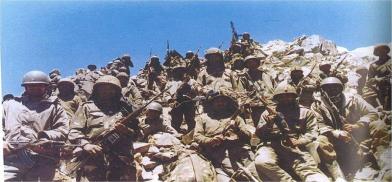
The Kargil War, as it got coined, was in fact only a phase of intense confrontation - the fourth India-Pakistan war, which is continuing, thanks to Pakistan - since the late 1980s and which shows no signs of abating. India responded to the massive intrusion in May 1999, almost eight months after it began, and for which Pakistan’s preparation began much earlier.
In 1997, when India was busy celebrating 50 years of Independence, Pakistan Army celebrated it by artillery bombardment of the Kargil area of Ladakh, including the arterial Srinagar-Leh road. Pakistan Army’s young Lieutenant Mazullah Khan Sumbal’s diary, captured by an Indian Army’s unit during the May to July 1999 Operation Pawan (as the Kargil War was codenamed), recorded that he had reported to his newly raised Northern Light Infantry (NLI) battalion in December 1998. Pakistan Army raised twelve battalions of NLI for its grandiose plans of occupying the general area of Kargil and cutting off Ladakh etc. Raising 12 battalions means that the preparations for Kargil probably began even before General Parvez Musharraf became army chief in 1998, i.e. when he was the director general of military operations.
According to late B Raman in Satyameva Jayate of September 30, 2006, “Till Musharraf was appointed the COAS (Chief of Army Staff) by Mr. (then PM Nawaz Sharif in October1998, by superseding three other more capable and more intellectually honest generals, no Pakistani COAS had even thought of committing a breach of faith by taking advantage of India’s good-intentioned troop withdrawal during winter to occupy its territory. (The Genesis of Kargil War).
A lesson for Pakistan
It was on 26 July 1999 that the Indian victory over Pakistan was complete. True to its tradition of forgiving even the enemy when it pleads for it, and despite having to pay a heavy price for fighting a war within its own territory and losing many personnel, Indian forces allowed the Pakistanis to return across the Line of Control (LoC).
For Pakistan, it was another lesson which it would probably not forget for a long time. It also put Pakistan to shame, for it chose to torture and kill the Indian prisoners of war, rather than handing them over safely as was done by India through the International Committee of the Red Cross (ICRC) After the 1971 India-Pakistan war, India repatriated all of the 93,000 Pakistani POWs, whereas Pakistan has not returned 54 Indian Armed Forces personnel captured during that war and some more in following years, which it has not even registered as POWs, leave alone repatriate. Fighting a war forced upon India by Pakistan, the plea from Islamabad to allow a safe passage to the trapped Pakistani soldiers was the ultimate proof about Indian Army’s professionalism and compassion for a fallen enemy.
The successful eviction of Pakistanis by the concerted action of the Indian Armed Forces clearly demonstrated that while India remains a votary of peace, it has the will and the capability to fight and win a war. With the backing of the Indian Air force, the Indian Army achieved a feat which would be hard for any of the armies around the world to match. It was also a milestone in the history of military aviation, as it was for the first time that air power was deployed with such effectiveness in such a hostile environment. The lessons from Kargil would also be applicable to all air forces in the world.
While the Indian soldiers were victorious in all sectors - from Batalik to Chorbatla, from Valdor to Shangrut - Pakistanis were surrounded from all sides and despite fighting uphill, Indian officers and soldiers displayed raw courage and cut through the Pakistani barricades.
A costly victory
It was historically a very costly victory in terms of casualties of the Indian Army. In the 77-day Operation Vijay fought in May-July 1999 to evict Pakistan army’s Northern Light Infantry (NLI), raised specifically for capturing Kargil Heights, Drass and Batalik, Indian Army’s casualties were 527 killed 1363 wounded.
Pakistan Army losses have been difficult to determine. Pakistan confirmed that 453 soldiers were killed. The US Department of State had made an estimate of close to 700 fatalities. According to former Nawaz Sharif, there were over 4,000 fatalities. Indian estimates were 1,042 Pakistani soldiers killed. Parvez Musharraf, in his Hindi version of his memoirs titled "Agnipath", differs from all the estimates stating that 357 of his troops were killed and 665 wounded. While Sharif’s figure may be exaggerated and Musharraf’s figure understated, the Indian estimate may not be far from the actual as in a number of cases Indian Army units returned the dead bodies of enemy troops killed; they found innumerable destroyed bunkers and were also able to hear some of Pakistan Army’s radio transmissions.
After almost three decades since the 1971 India-Pakistan war, India stood united, with religion relegated to the background and from Kashmir to Kanyakumari there was an outpouring of emotion for the valiant Indian soldiers. Every time a body returned from the battlefield, the entire nation shed tears and only vowed with further resolve to show no mercy for the Pakistanis. The nation also did not lag behind in lending the much needed financial support for the families of the soldiers who had laid down their lives protecting Indian sovereignty. Aware of the need for a boost in the morale of the soldiers going to the front who had knowledge that they may never return home, celebrity singers and stars turned up in large numbers at the railway stations. India's star cricketers also played their part and visited the hospitals where the wounded were being treated. It was an effort to show India was not divided as the enemy was hoping.
India’s policy of restraint and resolve during the Kargil crisis was appreciated by the international community. Pakistan Army’s blatant misadventure in Kargil failing miserably on the politico-diplomatic and military fronts had such a far-reaching effect that it has still not been able to emerge from the indignity it invited upon itself. And it is this defeat that drove the Pakistan Army and its infamous Inter Services Intelligence (ISI) to deviously plan and implement the 26/11 terrorist attack on Mumbai.
Taking stock of the Kargil War 25 years later, what unfortunately emerges is that most of the important lessons have not been learnt, at least by India’s politico-bureaucratic establishment. India’s glaring deficiencies then were (a) Indian government, in the absence of reliable intelligence, took an inordinately long time to acknowledge the intrusion (b) Long-standing deficiencies in arms and weapons were not been made good in time (c) Despite having professional armed forces, and a huge reservoir of human resource and talent, India's approach was that of a soft state.
Displaying the Army’s superb special operations capability only once in 2016, coined as surgical strikes, is not enough; it must be repeated. Only then can a telling blow be dealt to Pakistan Army’s export of terror. India must also develop an effective counter-intelligence capability to be able to detect future intrusions as and when they happen - not months later.
(The author is a military affairs analyst. Views are personal. He can be reached at wordsword02@gmail.com)
this web site, Keep up the good work.




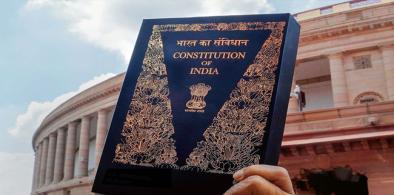
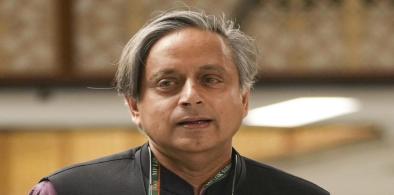


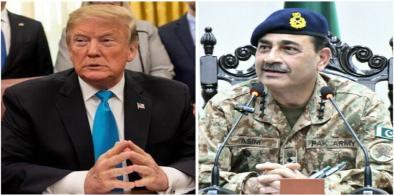

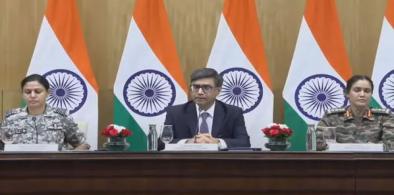









Post a Comment